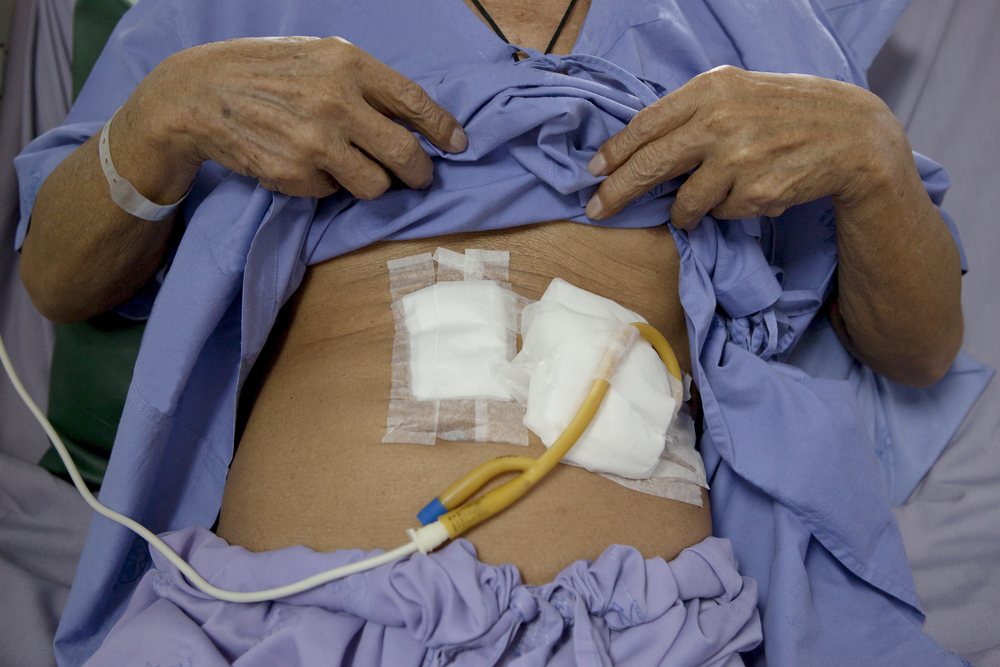What you need to know about Gastrostomy Procedure
Contents
- 1 What you need to know about Gastrostomy Procedure
- 2 What Does the Procedure Involve?
- 3 How Long Should You Stay in the Area?
- 4 How Long is the Recovery Time?
- 5 What Aftercare Should You Consider?
- 6 What is the Success Rate for Gastrostomy Procedure?
- 7 Are there Alternatives to Gastrostomy Procedure?
- 8 What Should You Expect Before and After the Procedure?
Gastrostomy is a surgical procedure to insert a tube (called a “g-tube”) through the abdomen and into the stomach. It is performed to temporarily or permanently give nutritional support directly to the stomach for patients who are not able to take nutrition by mouth. The procedure can also be done for gastric decompression.

What Does the Procedure Involve?
Gastrostomy can be performed under general or local anesthetic, ensure to discuss with your surgeon the best option for your case. There are three different methods for carrying out this procedure: laparoscopic, open surgery, and percutaneous (through the skin) endoscopic gastrostomy (PEG). The most common one is the PEG procedure, in which your surgeon inserts an endoscope through the mouth and into the stomach to help them position the G-tube.
How Long Should You Stay in the Area?
You will have to stay in the hospital for one to two days, but you may need to stay in the local area for 7 days. During your stay, your G-tube will be monitored and the nurses may teach you how to use and care for the tube.
How Long is the Recovery Time?
Most people can recover quickly after a gastrostomy. However, the exact recovery period can be different from one person to another. Make sure you ask your doctor how long it will take to recover. The tube will not keep you from work and most activities.
What Aftercare Should You Consider?
It is very important to understand how to insert food through the tube, how to prevent infection, how to handle a blockage in the tube, and what you should do if the tube pulls out. You will be given a feeding plan from a dietitian and your surgeon will tell you what activities or exercises you need to avoid. You may need to schedule follow-up appointments with your local doctor.
What is the Success Rate for Gastrostomy Procedure?
A gastrostomy has an approximately 98% success rate. However, there is a very small possibility that you will experience side effects and risks of the procedure, including bleeding, infection, damage to other parts of your body.
Are there Alternatives to Gastrostomy Procedure?
The alternatives to gastrostomy are nasogastric (NG) feeding tubes and a jejunal tube. Nasogastric feeding tubes are usually short-term; it involves passing a tube through your nose into the stomach. A jejunal tube is placed in the small bowel.
What Should You Expect Before and After the Procedure?
Before having a gastrostomy tube, you may not be able to swallow or eat enough food, which prevents your body from getting all of the vitamins, minerals, and other nutrients that it requires. After the procedure, your body will receive all the necessary nutrients and you can get back to most of your normal activities.
For an in-depth analysis of a Gastrostomy Procedure, watch this short video.
To check prices or to book a Gastrostomy Procedure in Thailand or anywhere else in the world, head on over to MyMediTravel now!

